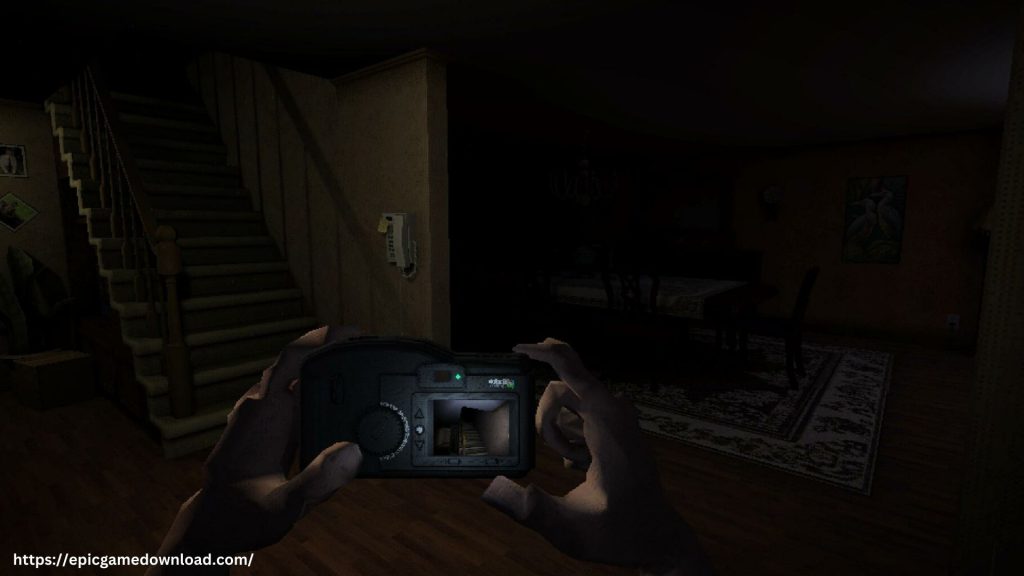‘’Who Am I” is an immortal party game that has captivated people over different societies and eras. Its mix of effortlessness, versatility, and intelligently fun makes it a staple at social get-togethers, instructive settings, and indeed virtual meetups.
In this comprehensive direct, we’ll investigate the game’s beginnings, dig into its rules and various varieties, talk about icutting-edgeng offers, and give experiences into cutting-edge adjustments that have kept the game pertinent in today’s computerized age.
The Origins of “Who Am I”
The precise roots of “Who Am I” are to some degree slippery, as the game has been played in shapes over distinctive societies for a long time. It’s accepted to have roots in parlor diversions of the 19th and 20th centuries, where visitors at social occasions would lock in in pleasantry and speculating diversions to engage themselves. Over time, “Who Am I” advanced into the adaptation we know nowadays, getting to be a staple at parties and family occasions.

How to Play “Who Am I”
The preface of “Who Am I” is direct, however, it offers perpetual conceivable outcomes for fun and imagination. Here’s how to play:
1. Gather Players:
Gather a bunch of gatherings. The game is more pleasant with a bigger gathering, but it can be played with as few as two individuals.
2. Get the Game Materials:
Each player composes the name of a popular individual, character, creature, or question on a chunk of paper mysterious sky note. The character ought to be kept mysterious from the other players.
3. Relegate Personalities:
Without looking, each player connects a piece of paper to their brow or back, showing the title they’ve been allowed. This we and everybody can see each other’s personalities but their possess.
4. Begin Speculating:
Players take turns inquiring yes-or-no questions to infer their doled-out character. For illustration, “Am I a genuine individual?” or “Am I known for acting in motion pictures?”
5. Proceed Until Rectify:
The game proceeds until each player accurately surmises their personality. The primary to do so can be announced the victor or the game can continue until all players have speculated accurately.
Variations of the Game
“Who Am I” has motivated various varieties that include turns to the conventional gameplay:
1. Topical Rounds:
Rather than arbitrary personalities, players can select a particular topic, such as “Motion picture characters” or “Verifiable Figures,” to limit the conceivable outcomes.
2. Time Limits:
To extend the challenge, force a time restrain for each player’s turn, empowering speedy considering and suddenness.
3. Group Play:
Isolate players into groups, where one group part surmises whereas others give clues, cultivating collaboration and key considering.
4. Prepare the Game Materials:
Each player composes their down their possess personality and places it confront down. The bunch at that point take turns inquiring yes-or-no about Remainl’s personality, to remain unidentified the longest.
5. Drawing Names:
Players type in multiple names or terms on slips of paper, which are at that point rearranged and drawn. Each player joins a drawn slip to their term arrangement and continues with the standard speculating arrangement.
6. Question Distinguishing proof:
Rather than individuals or characters, playerone-of-a-kindects as personalities, including a one-of-a-kind bend to the addressing prepare.
Theselocketies not also it was keep the game new and locked in but also tend to be custom-made to distinctive bunch flow and interface.
The Enduring Appeal of “Who Am I”
A few variables contribute to the lasting popularity of “Who Am I”:
Simplicity:
The game requires negligible setup and materials, making it open and simple to play anywhere.
Social Interaction:
It energizes players to lock in with one another, inquire questions, and think basically, upgrading social bonds.
Flexibility:
The game’s adaptable nature permits it to be custom-made to different age bunches, topics, and events, guaranteeing it remains important and agreeable.
Instructive Value:
“Who Am I” advances basic considering, deductive thinking, and information review, making it a profitable device in an instructive setting.
These qualities have cemented “Who Am I” as an adored game that rises above social and generational boundaries.
Cutting edge Adaptations
Within the advanced age, “Who Am I” has found unused life through different apps and online stages. For occasion, tintuitiveI? – The Charada na Testa” app offers an intuitive involvement where players can select subjects and figure out personalities with companions and family.
Moreover, stages like Baamboozle give online forms of the game, permitting cutting-edge instructive applications.
These cutting-edge adjustments have extended the game’s reach, permitting individuals to appreciate “Who Am I” in modern and inventive ways.
Who Am I
Get Game
FAQs
Can “Who Am I” be played with children?
Yes, the game is suitable for children. Choosing age-appropriate categories guarantees that more youthful players can take an interest and appreciate the diversion.
How many players are required to play “Who Am I”?
The game can be played with as few as two players, but it’s more agreeable with bigger bunches, regularly between 4 to 10 members.
What materials are required for the game?
You’ll require paper, pens, and tape or sticky notes to compose and show the characters. Then again, advanced forms can be played utilizing apps or online stages.
Can the game be played essentially?
Yes, “Who Am I” can be adjusted for virtual play utilizing video conferencing apparatuses and online game stages that encourage immediate support.
How long does a commonplace game last?
The length shifts based on the number of players and the complexity of the characters chosen but ordinarily ranges from 20 to 60 minutes.
Are there official rules for “Who Am I”?
Whereas there are common rules, the rules can be balanced to fit the group’s inclinations, making the amusement exceedingly customizable.
What are a few prevalent categories for characters?
Common categories incorporate celebrities, anecdotal characters, creatures, authentic figures, and callings.
Is “Who Am I” instructive?
Yes, the game and socialistic considering, deductive thinking, social interaction, and advertising instructive benefits in a fun setting.
Can “Who Am I” be utilized in instructive sessions?
Completely, teachers regularly utilize amusement to fortify learning, energize cooperation, and create students’ addressing aptitudes.
Are there any advanced adaptations of “Who Am I”?
Yes, a few apps and online stages offer intelligence of the game, giving helpful and intelligently ways to play.
Conclusion
“Who Am I” remains a persevering favorite due to its effortlessness, flexibility, and capacity to bring individuals together. Whether played at a party, in a classroom, or essentially, the game cultivates imagination, basic considering, and laughter. Its ageless offer lies within the delight of shared minutes and the excitement of revealing personalities through intelligent addressing.
With various varieties and present-day advanced adaptations, “Who Am I” proceeds to engage and interface players over generations, proving that now and then, only recreations make the foremost vital encounters.
Investigate more energizing games on our homepage.




